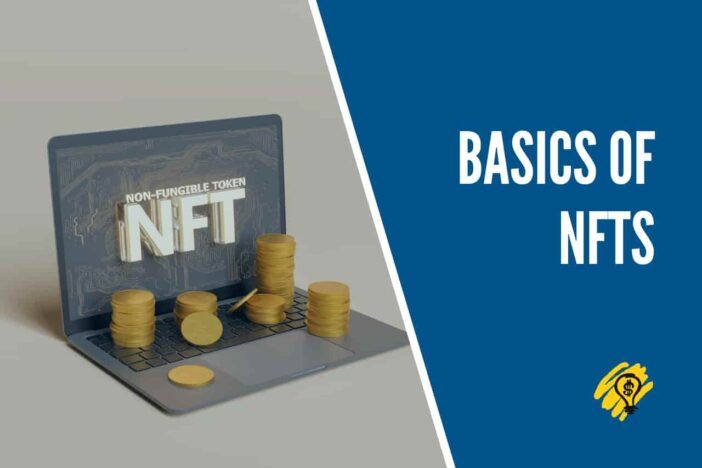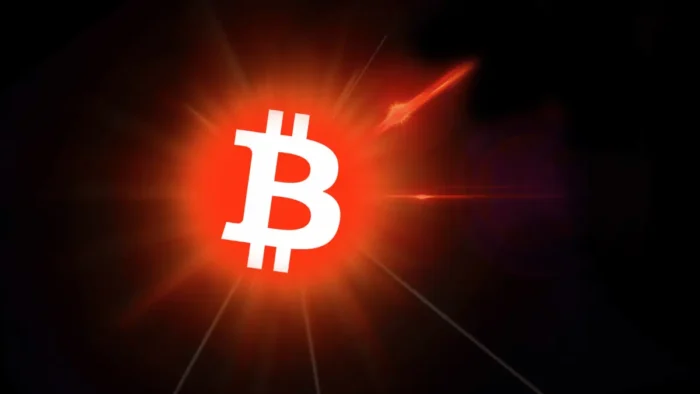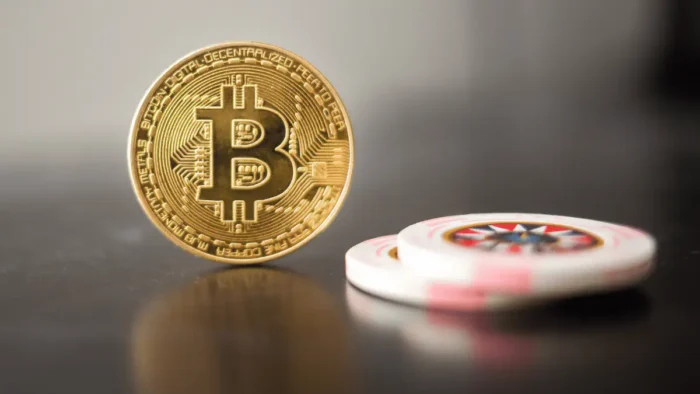What are non-fungible tokens (NFTs)?
Non-fungible tokens (NFTs) are a type of cryptographic asset that is unique and cannot be divided into identical units. This makes them different from traditional, fungible assets like cryptocurrencies or commodities, which can be divided and traded on a secondary market. You can also take help from NFT Profit, one of the most authentic online platforms in the market.
Non-fungible tokens are often used to represent unique digital assets, such as virtual goods or collectibles. They can also be used to store information or metadata about an object, such as its own history or authenticity.
Unlike most other forms of cryptocurrency, NFTs are not intended to be used as a means of exchange or payment. Instead, they are meant to serve as digital assets that can be traded or used to verify the ownership of a specific item.
Some of the first NFTs were introduced in 2014 by the Ethereum-based game CryptoKitties. The game allowed players to buy, sell, and breed virtual cats using ether, Ethereum’s native cryptocurrency. Today, there are dozens of other games and applications that use NFTs as digital assets.
As the popularity of NFTs grows, so does the demand for better storage and management solutions. This has led to the development of several dedicated non-fungible token wallets and exchanges, such as Rarebits and OpenSea. These platforms allow users to buy, sell, and trade NFTs with ease.
Why are NFTs not pegged to the value of traditional assets?
NFTs are not pegged to the value of traditional assets because they are digital assets that exist on a blockchain. Their value is based on their utility and the trust people have in them. Because they are digital, they can be divided into smaller units and traded easily, which makes them more liquid than traditional assets. Additionally, the blockchain ensures that NFTs cannot be counterfeited, so people can trust that they will have value in the future.
How can NFTs be used as Collectibles?
NFTs can be used as collectibles in a few ways. One way is to create a virtual world or game that uses NFTs as the currency or objects of value within the game. Another way is to use NFTs as digital art, where each work of art is unique and stored on the blockchain. Finally, NFTs can also be used as loyalty points or rewards within a given system. These are just a few examples of how non-fungible tokens can be used as collectibles – there are many other possibilities waiting to be explored.
How can we store NFTs?
There are many ways to store NFTs. The most common way is to use a blockchain, but there are other options available as well.
One way to store NFTs is to use a blockchain. A blockchain is a digital ledger that is used to track and store transactions. It is a distributed database that is not controlled by any single entity. This makes it a secure way to store data.
Another way to store non-fungible tokens is to use a centralized storage system. Centralized storage systems are controlled by a single entity. This makes them less secure than blockchains, but they are often easier to use.
Another option for storing NFTs is using distributed file systems. Distributed file systems are similar to blockchains, but they are not used to store transactions. Instead, they are used to store data. This makes them a good option for storing large files.
Finally, you can also store NFTs using offline storage systems. Offline storage systems are not connected to the internet. This makes them less secure than online storage systems, but it also makes them immune to cyber attacks.
So, there are many different ways to store non-fungible tokens. The best way to store them will depend on your needs and preferences.
Conclusion
In this article, we looked at how NFTs can be stored. We looked at how blockchains can be used to store non-fungible tokens, as well as other storage options. We
also looked at the benefits and drawbacks of each option. So, if you are looking for a way to store your NFTs, then you now have a few different options to choose from.





